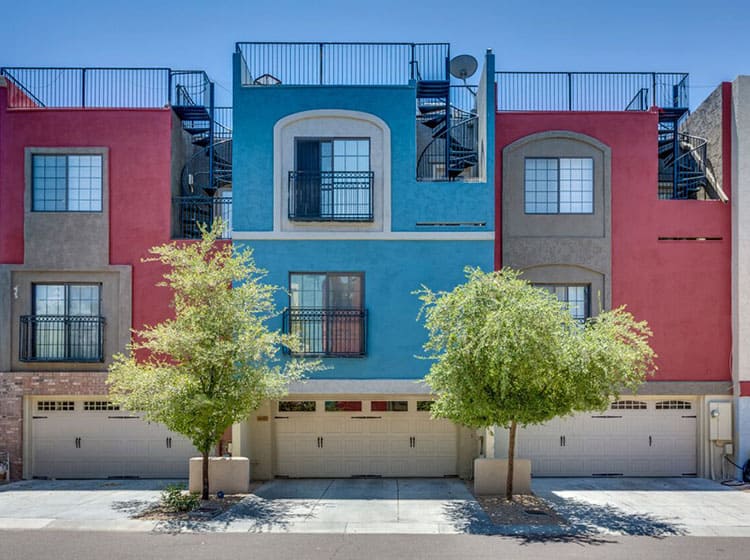Trick Seasonal Considerations For Commercial Outside Paint: What You Need To Be Enlightened About
Trick Seasonal Considerations For Commercial Outside Paint: What You Need To Be Enlightened About
Blog Article
Web Content By-Doherty Rosendal
When you're intending an industrial outside paint job, seasonal variables can make or break your outcomes. You'll want to take into consideration exactly how temperature level and humidity effect paint application and drying times. Picking the right period can ensure your paint sticks correctly and lasts longer. But which can you paint a house in the winter are really the most effective for this type of job? Let's discover the key elements that can affect your job's success.
The Influence of Temperature Level on Paint Application
When you're preparing a commercial external painting job, the temperature level can dramatically affect just how well the paint sticks and dries.
Ideally, you want to repaint when temperatures vary between 50 ° F and 85 ° F. If it's also cold, the paint may not treat appropriately, causing problems like peeling or splitting.
On the other side, if it's as well warm, the paint can dry out also rapidly, avoiding appropriate bond and causing an uneven coating.
You must additionally think about the moment of day; early morning or late afternoon offers cooler temperature levels, which can be much more desirable.
Constantly inspect the producer's suggestions for the certain paint you're using, as they commonly provide guidance on the excellent temperature range for optimal outcomes.
Humidity and Its Impact on Drying Times
Temperature level isn't the only environmental element that affects your industrial exterior painting task; moisture plays a substantial role as well. High humidity levels can decrease drying times dramatically, influencing the general high quality of your paint task.
When the air is saturated with moisture, the paint takes longer to cure, which can lead to issues like poor attachment and a greater danger of mildew development. If you're repainting on a specifically humid day, be gotten ready for extended delay times in between coats.
It's vital to check local climate condition and plan appropriately. Ideally, https://www.popularmechanics.com/home/interior-projects/how-to/a3926/4286872/ for humidity levels in between 40% and 70% for ideal drying out.
Maintaining how long is paint good for unopened consider mind ensures your job stays on track and provides a long lasting finish.
Best Seasons for Commercial Exterior Paint Projects
What's the best season for your business exterior painting jobs?
Spring and very early autumn are typically your best options. Throughout these seasons, temperatures are mild, and humidity levels are commonly lower, creating suitable problems for paint application and drying out.
Avoid summertime's intense heat, which can create paint to completely dry too rapidly, causing bad adhesion and finish. In a similar way, wintertime's cool temperature levels can prevent correct drying out and treating, taking the chance of the durability of your paint job.
Aim for days with temperatures between 50 ° F and 85 ° F for ideal results. Keep in mind to check the neighborhood weather report for rainfall, as damp conditions can ruin your task.
Planning around these variables ensures your painting project runs smoothly and lasts much longer.
Verdict
In conclusion, intending your industrial outside paint jobs around seasonal factors to consider can make a significant difference in the outcome. By scheduling job throughout the suitable temperature levels and moisture levels, you'll ensure far better adhesion and drying times. Keep in visit this site to keep an eye on neighborhood weather report and choose the correct time of year-- spring and early fall are your best choices. Taking these steps will help you attain a sturdy and professional coating that lasts.
